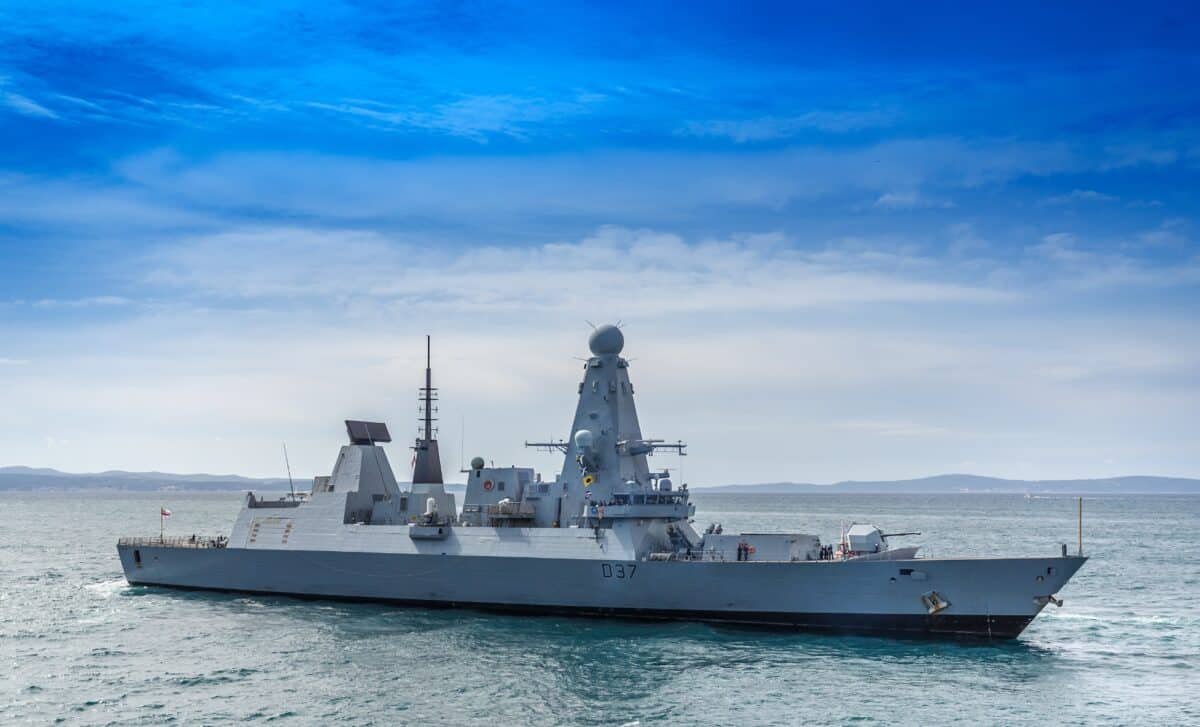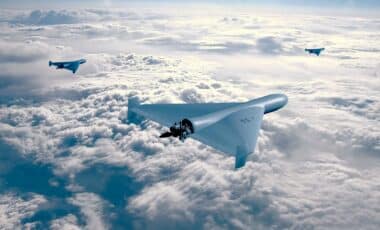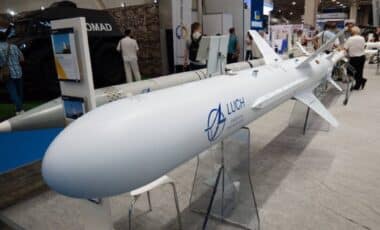The British Royal Navy has deployed the HMS Duncan and HMS Mersey, supported by helicopters, to track the Russian corvette RFN Boikiy as it transited the English Channel and North Sea. This four-day operation underscores increasing NATO vigilance amid continued Russian naval activity near UK waters.
The operation began on June 20, 2025, and marked another incident in a year of heightened tension at sea. The Russian vessel, identified as a Steregushchiy-class corvette from the Baltic Fleet, was closely shadowed by British naval assets in what the UK described as a mission to safeguard critical infrastructure and demonstrate maritime readiness.
These maneuvers come against the backdrop of increased military navigation through European maritime corridors. As Russian vessels continue to pass through sensitive zones near Western Europe, such operations signal NATO’s intention to monitor and respond to potential strategic threats along its borders.
US Air Force Plans Full A-10 Retirement and E-7 Cancellation in 2026 Budget Overhaul
Operation Led by Hms Duncan and HMS Mersey
According to Army Recognition, HMS Duncan, a Type 45 destroyer, initiated the shadowing of RFN Boikiy near the island of Ushant on June 20 before returning to its training program. The mission was then assumed by HMS Mersey, a River-class patrol vessel, off the Isle of Wight on June 21.
This operation demonstrated a high-readiness capability, with British Royal Navy warships and helicopters tracking the Russian corvette as it moved eastward. The Boikiy, equipped with Uran anti-ship missiles, Redut surface-to-air missiles, torpedoes, and a 100mm naval gun, also carried a Ka-27 helicopter. Its deployment in the Channel is viewed as part of Russia’s strategy to project power and provide escort to vessels potentially subject to Western sanctions.
Commander Daniel Lee of HMS Duncan described the mission as a demonstration of the Royal Navy’s ongoing role in defending UK waters. The Ministry of Defence reaffirmed its intent to continue monitoring Russian activity in proximity to UK maritime infrastructure, including undersea cables.
Growing Pattern of Russian Naval Transits
The tracking of Boikiy follows another surveillance mission earlier in June 2025, when HMS Trent and Wildcat helicopters from the 815 Naval Air Squadron monitored the Russian frigate Admiral Grigorovich as it moved from Gibraltar to the North Sea. These operations are part of a broader trend involving frequent Russian naval movements through vital sea lanes.
On June 16, Boikiy was reported escorting two sanctioned Russian oil tankers, Selva and Sierra, through the Channel. The tankers, under UK and EU restrictions, were believed to be en route to Russian ports. The presence of an armed Russian escort ship for sanctioned commercial vessels marked an unusual escalation in maritime tensions.
In May 2025, HMS Tyne also tracked the surfaced transit of the Kilo-class submarine Krasnodar. In February, a larger Russian flotilla was followed by HMS Iron Duke, HMS Tyne, and RFA Tideforce, involving amphibious ships and merchant vessels linked to Russian operations in Syria.
Royal Navy Strengthens Response Posture
As reported by the media source, the British Royal Navy has stepped up its operational posture in response to these repeated transits. HMS Duncan, equipped with the Sea Viper missile system and advanced radar for air defense, plays a key role in fleet protection, anti-submarine warfare, and international missions.
Though lightly armed, HMS Mersey fulfills vital roles in territorial surveillance, border enforcement, and escort duties. Its sustained deployment capacity allows it to maintain maritime security in congested zones like the English Channel.
Officials have expressed growing concern about the risks of hybrid threats, including undersea surveillance and sabotage of infrastructure. By sustaining a visible and coordinated presence in the Channel, the Royal Navy affirms its readiness to deter such threats and uphold freedom of navigation.









I think the Army should buy all of the A10′ s